If we see the sights, the world of ancient triangle symbols, we get on a journey to uncover their secrets. These interesting geometric shapes, that is rich in history.
Scholars from the centuries are researching that. By looking into their meanings and origins, I hope to light up on the mysteries that have shrouded these symbols throughout the ages.
Through careful study and analysis, I aim to reveal the hidden wisdom within these simple yet thoughtful shapes, providing a sight into the past and a deeper understanding of our human heritage.
What do the ancient triangle symbols represent? The symbols of the ancient triangle hold a deep significance in various cultures. These powerful shapes often symbolize concepts like strength, balance, and spirituality. Their interpretations may vary across different civilizations, but common themes include the trinity of life, the connection between heaven and earth, and the harmony of opposites.
- Historical Overview Of Ancient Triangle Symbols
- The Significance Of Triangle Symbols In Ancient Cultures
- The Practice Of Triangle Symbols In Different Cultures
- Triangle Symbols In Greek And Roman Mythology
- Triangle Symbols In Native American Culture
- Triangle Symbols In Celtic And Norse Mythology
- Upside Down Triangle Symbol Spiritual Meaning
- Triangle Symbolism Meaning: Meaning And Symbolism
- Common Uses Of Triangle Symbols In Ancient Art And Architecture
- Symbolism Of The Upward-Facing Triangle And The Downward-Facing Triangle
- How To Incorporate Triangle Symbols Into Modern Design And Art: Sacred Geometry
- FAQ About Ancient Triangle Symbols
- Final Thought: Ancient Triangle Symbol Meaning
Historical Overview Of Ancient Triangle Symbols
These historical symbols have been used across different cultures and eras, carrying various meanings of the triangle. The pointing triangle, with its three sides, often represented unity, strength, and balance.
In ancient Egypt, it symbolized the concept of trinity and was linked to gods and goddesses. In Greek culture, the triangle signified the elements of earth, water, and fire.
As time goes on, these symbols mature and adapt to different beliefs and customs.
The historical view of ancient spiritual triangle symbols offers valuable insights into the rich tapestry of human history and its enduring fascination with profound symbolism.
Triangle Symbolism History ⨻
Exploring the history of triangle symbolism reveals its significance in diverse cultures. Throughout the time, triangles have conveyed various meanings.
In ancient Egypt, the triangle was an ancient symbol that represented unity and divinity, while in Greek philosophy, triangles represented the fundamental elements of nature.
Over centuries, these powerful symbols have evolved, adapting to different beliefs and societies.
The history of triangle symbolism offers a window into humanity’s enduring fascination with symbolic expression across civilizations.
Triangle In Ancient Cultures
Triangle in Ancient Egypt, represented unity and divinity, while in Greece, it symbolized the elements.
These simple shapes conveyed meanings and were knit into the fabric of their societies, showcasing the enduring power of spiritual symbolism in human history.
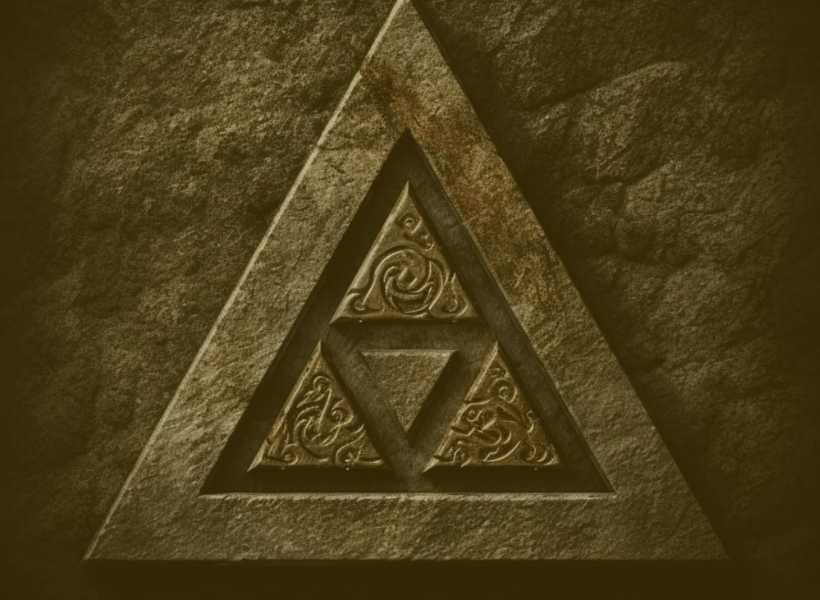
The Significance Of Triangle Symbols In Ancient Cultures ∆
Triangle symbols held a deep understanding of the beliefs of ancient cultures. These simple shapes conveyed deep meanings. In Egyptian culture and context, the triangle represented unity and divinity, often linked to their Gods.
Meanwhile, in Greek philosophy, it symbolized the fundamental elements of nature – earth, water, and fire.
These enduring symbols provide a window into the spiritual and philosophical aspects of past civilizations, highlighting the timeless power of symbolism in human history.
Triangle Symbols In Ancient Egyptian Culture
The triangle, with its three sides, represented unity and the concept of the Trinity. It was closely associated with their gods and goddesses, reflecting the profound role of divinity in their society.
These symbols showcase the spiritual depth of ancient Egypt and the timeless appeal of triangular imagery as a means of conveying powerful beliefs and concepts.
Triangle Symbols In Ancient Greek Culture
In ancient Greek culture, triangle symbols conveyed essential elements of nature earth, water, and fire. These shapes held deep significance, representing the fundamental forces shaping their world.
The Greeks saw triangles as a way to understand and honor the natural elements, reflecting their connection with the environment and their mythological beliefs.
Triangle Symbols In Ancient Mayan Culture
In ancient Mayan culture, triangle symbols held unique importance. These symbols were often used in their intricate artwork and architecture. They represented concepts like the heavens.
The three sides symbolize the Earth, the Sky, and the Underworld. The Mayans’ use of triangles showcased their deep spiritual and cosmological beliefs.
Triangle Symbols In Ancient Celtic Culture
In ancient Celtic culture, triangular symbols were imbued with significance. They often appeared in their complex designs, representing concepts such as the triad of earth, water, and sky.
The triangles in Celtic art conveyed a deep connection to nature and spirituality, reflecting the rich symbolism woven into their culture.
The Practice Of Triangle Symbols In Different Cultures

The triangle used as a symbol spans various cultures and epochs, each imbuing them with unique meanings. In ancient Egypt, triangles signified unity and divinity, while in Greek culture.
They represented fundamental elements. The Mayans saw them as a connection between the Earth, the sky, and the underworld. In Celtic culture, triangles reflected nature’s triads.
These diverse practices reveal how a simple shape transcended borders, serving as a powerful tool to express complex beliefs and ideas throughout human history.
Triangle Symbols In Egyptian Mythology ⧩
In Egyptian mythology, triangle symbols played an important role in their culture. In this culture, triangles symbolizing unity and trinity often represented their Gods and Goddesses.
This simple geometric shape held deep spiritual meaning, reflecting the important role of divinity in ancient Egypt’s rich mythological beliefs and practices.
Did you know?
In ancient Rome, purple clothes were only for emperors and rich people to show power and royalty.
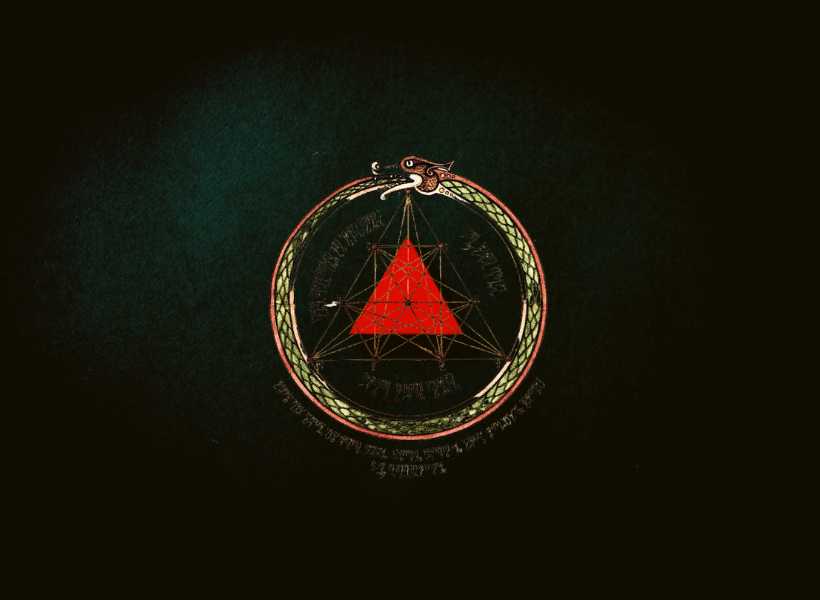
Triangle Symbols In Greek And Roman Mythology
Triangle symbols in Greek and Roman mythology carried significant weight in their culture.
These cultures often associated the triangle with the elements of earth, water, and fire, reflecting their beliefs in the fundamental building blocks of the natural world.
Triangles were also linked to divine triads, embodying ideas of power, balance, and cosmic order.
These enduring symbols exemplify the timeless appeal of geometric shapes in conveying profound mythological concepts in ancient Mediterranean Sea cultures.
Triangle Symbols In Native American Culture ▷
Triangle symbols held importance in Native American culture, representing various facets of their beliefs and traditions.
The equilateral triangle was often associated with the sacred number three. This symbolizes balance and harmony in nature.
It also represented the connection between earth, sky, and water, reflecting the interconnectedness of all living things.
These symbols were prominently featured in Native American artwork, pottery, and rituals, underscoring the enduring significance of triangles in conveying spiritual and cultural aspects within indigenous communities.

Triangle Symbols In Celtic And Norse Mythology ⏶ ⏷
In Celtic culture, triangles were knit into maze-like designs, symbolizing natural triads like earth, water, and sky. For the Norse, triangles were connected to their runic inscriptions, signifying protective and mystical properties.
These symbols held spiritual significance here, serving as a bridge to the rich mythological beliefs and artistic expressions of the ancient Celtic and Norse peoples.
Upside Down Triangle Symbol Spiritual Meaning ⏶ ⏷
The upside-down triangle symbolizes various spiritual meanings across different cultures and belief systems. In some belief systems, it represents the element of water, signifying emotions, intuition, and the subconscious.
It signifies the feminine, being the inverted counterpart of the upright triangle, which often represents the masculine. Its spiritual significance may also relate to balance and harmony, as it embodies the blending of opposites.
The interpretation of the upside-down triangle’s spiritual meaning depends on the cultural, geographical, and spiritual context in which it is found.
Triangle Symbolism Meaning: Meaning And Symbolism ◭ ⧩
Triangle symbolism shows a range of meanings across different cultures. Typically, it signifies stability, strength, and balance due to its geometric properties.
In ancient contexts, it often represented the trinity or the interplay of fundamental elements. However, the precise meaning can vary widely, from spirituality and divinity to the human experience itself.
The versatility of the triangle as a symbol highlights its enduring power to convey complex ideas and concepts throughout human history.
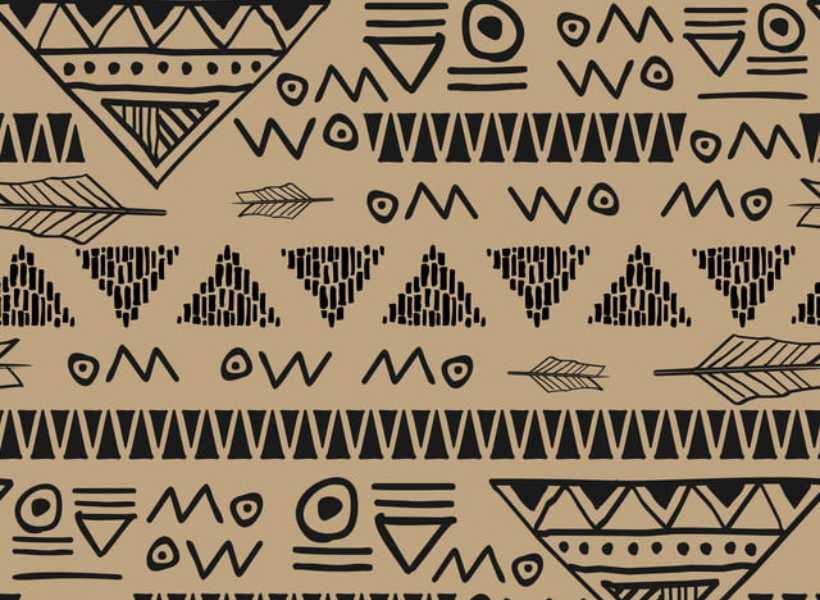
Common Uses Of Triangle Symbols In Ancient Art And Architecture △▽
Triangle symbols were commonly used in ancient art and architecture across different cultures. In architecture, triangular pediments beautify Greek temples, marked as a balance and divine presence.
In ancient art, triangles often framed compositions, drawing attention to central elements. Their use extended to pottery, textiles, and jewelry, where triangles conveyed spiritual and cultural significance.
These symbols not only enriched aesthetics but also carried profound meanings of cultural messages, showcasing the enduring impact of triangles in ancient artistic expressions.
The art and architecture, triangles are found in widespread use in different aspects. In architecture, they adorned structures like Greek temples with triangular pediments, symbolizing balance and spiritual presence.
Symbolism Of The Upward-Facing Triangle And The Downward-Facing Triangle
The upward-facing triangle and downward-facing triangle hold distinct symbolism and have their importance in a spiritual way.
The upward-facing triangle often symbolizes the masculine, with its apex pointing toward the heavens, signifying power, creativity, and aspiration.
The downward-facing triangle represents the feminine, with its base grounded, symbolizing receptivity, intuition, and the flow of energy from the heavens to the earth.
These two triangles, with their contrasting orientations, represent the balance and interconnectedness of polarities in various spiritual and cultural contexts
How To Incorporate Triangle Symbols Into Modern Design And Art: Sacred Geometry ▴ ▵
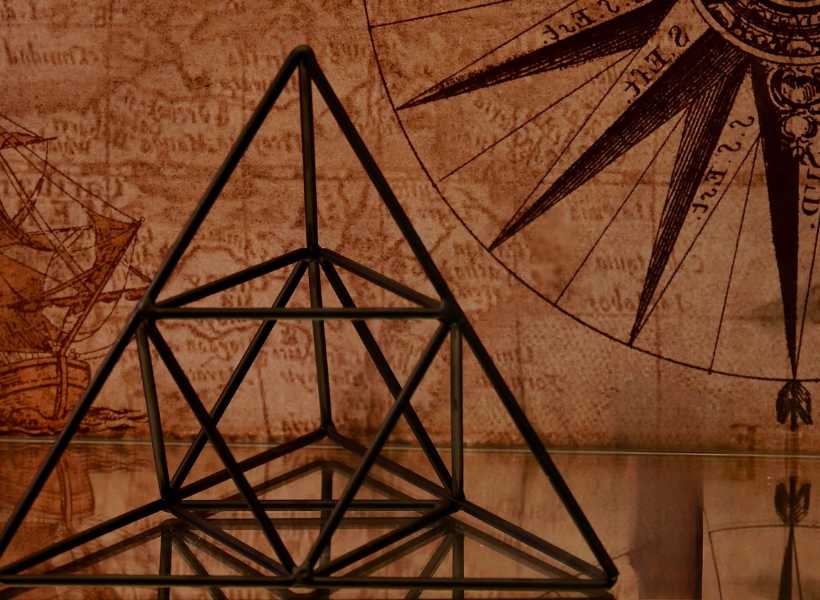
Adding triangle symbols to modern design and art can make them more interesting and meaningful. One approach is to use triangles as structural elements as geometric patterns in interior design.
In contemporary art, triangles can serve as focal points, conveying themes of balance or contrast. They can also be integrated into digital or graphic designs, adding a touch of symbolism to logos or illustrations.
When artists and designers creatively use triangle symbols in modern designs, they can link today’s creations to the deep history and cultural importance these symbols hold.
FAQ About Ancient Triangle Symbols
What Sacred Symbols Are Triangles?
Triangles hold sacred geometry significance in Ancient Germanic symbols and various cultures. They can represent the trinity, with ties to gods and divinity in some religions. Additionally, triangles may symbolize the elements of nature, spirituality, or the balance between opposing forces. These interpretations make triangles revered and sacred symbols in different belief systems worldwide.
What Is The Symbolic Meaning Of A Triangle?
The symbolic meaning of a triangle varies but often signifies balance, strength, and unity due to its three sides. In spiritual contexts, it can represent the trinity or the interconnectedness of mind, body, and spirit like an all-seeing eye. The triangle’s versatile symbolism allows it to convey profound concepts across cultures and beliefs.
What Is The Triangle Shape In Mythology?
In mythology, the inverted triangle shape often holds diverse meanings. It can represent the trinity or the interplay of fundamental elements. Triangles also symbolize balance, power, and cosmic order. These interpretations vary across different mythological traditions, making the triangle shape a symbol rich in significance and open to diverse cultural interpretations.
What Does The Triangle Symbolize In Greek Mythology?
In Greek mythology, the triangle symbolizes the fundamental elements of nature. The triangle’s three sides represent earth, water, pyramid, and fire, essential components of their cosmology. It signifies the interconnectedness of these elements and their influence on the world, reflecting the ancient Greeks’ profound understanding of nature’s forces and their mythological beliefs.
Final Thought: Ancient Triangle Symbol Meaning 💭
Ancient triangle symbols: This triangle is a symbol may have left a mark on human history.
From their roots in ancient civilizations to their contemporary applications in design and art, triangles continue to convey diverse meanings.
Unity and spirituality to balance and creativity. Their enduring appeal lies in their simplicity and versatility.
Making them a timeless tool for expressing complex ideas and connecting us to the profound beliefs of our ancestors while also guiding us toward fresh avenues of creative expression in the modern world.

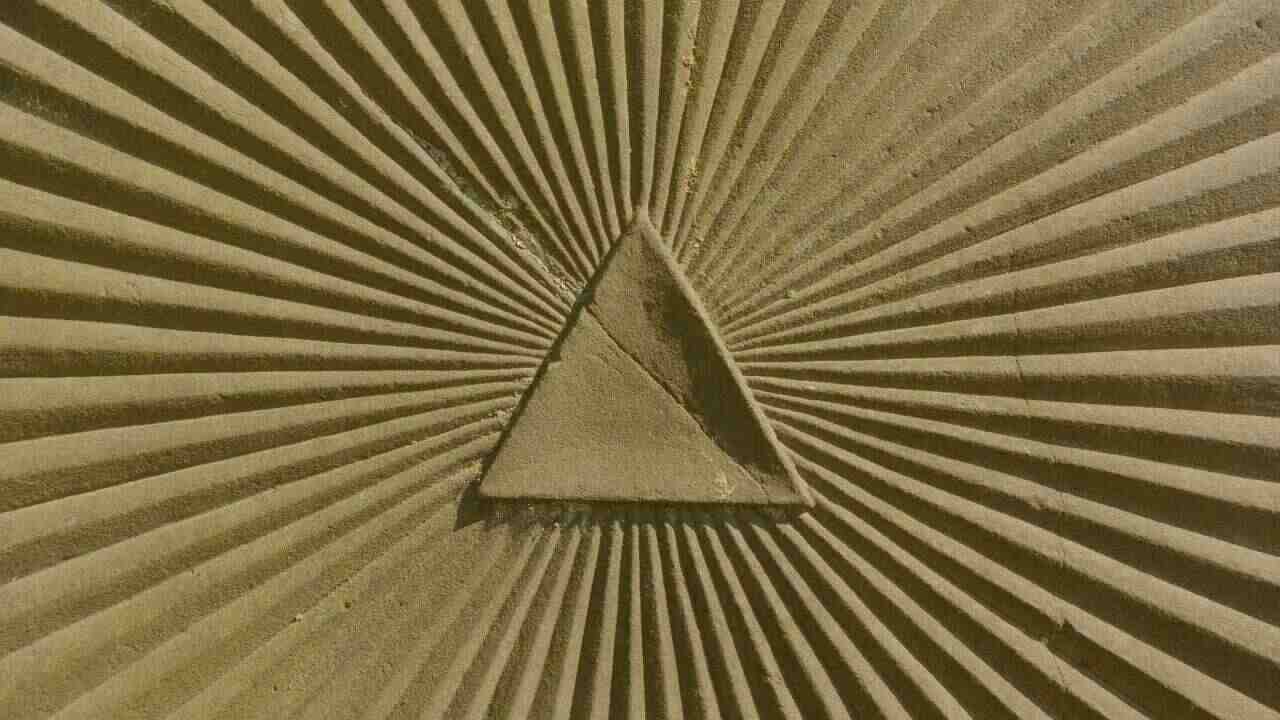







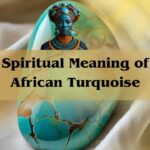











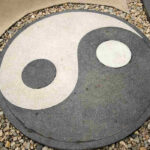











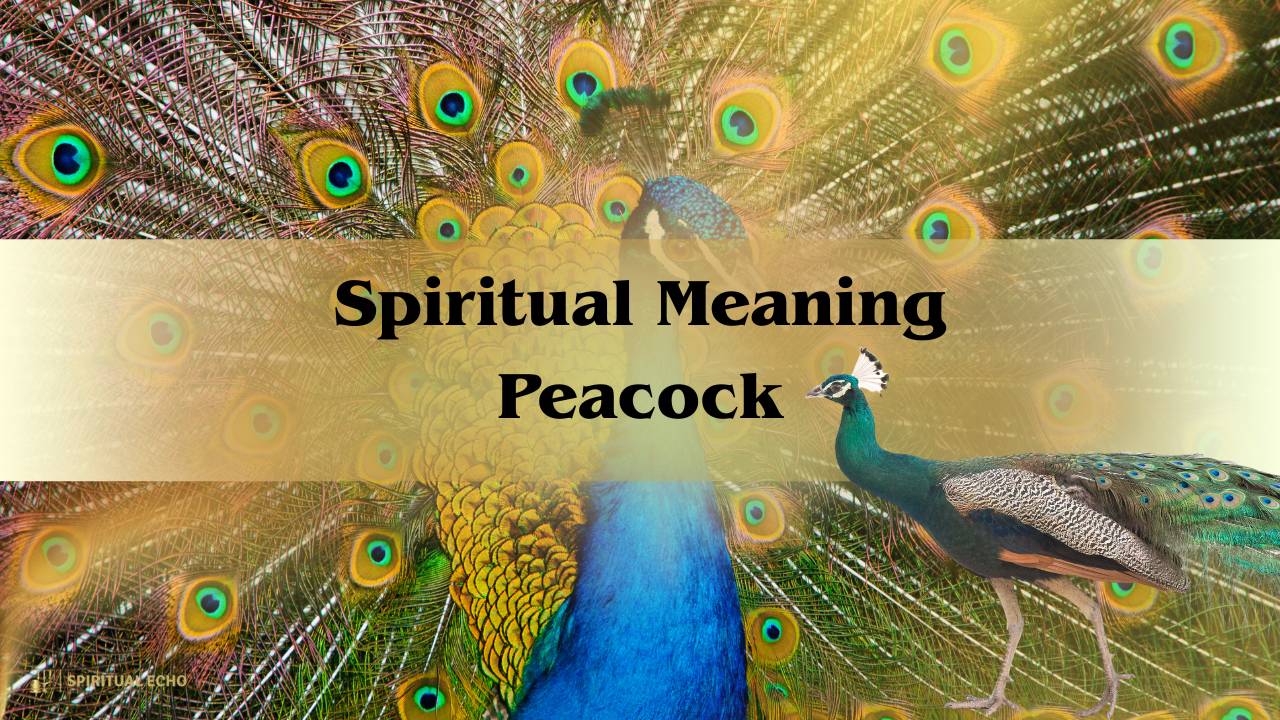
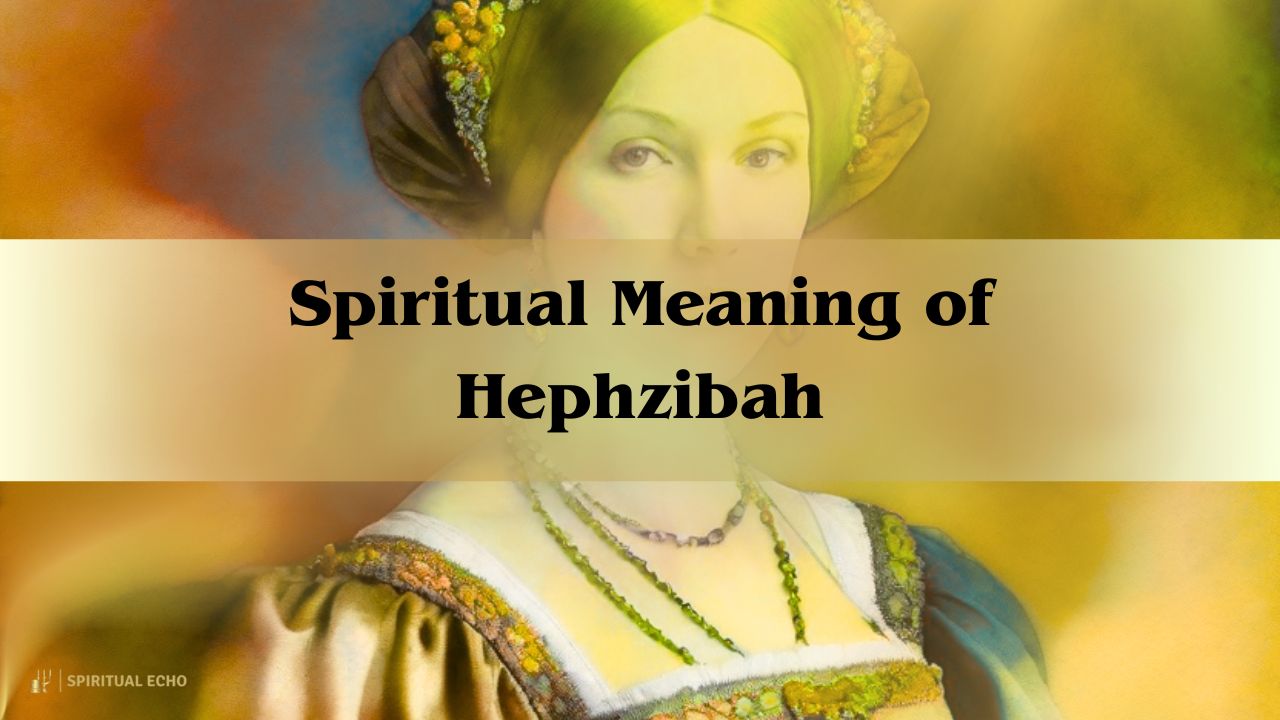
Leave a Reply